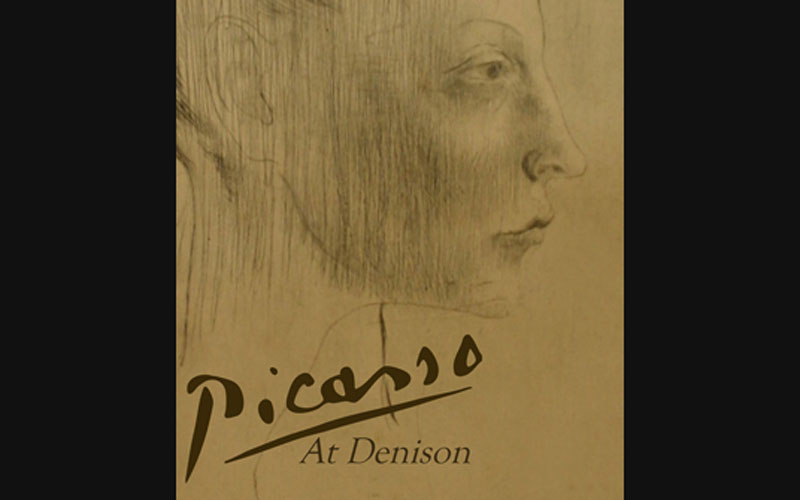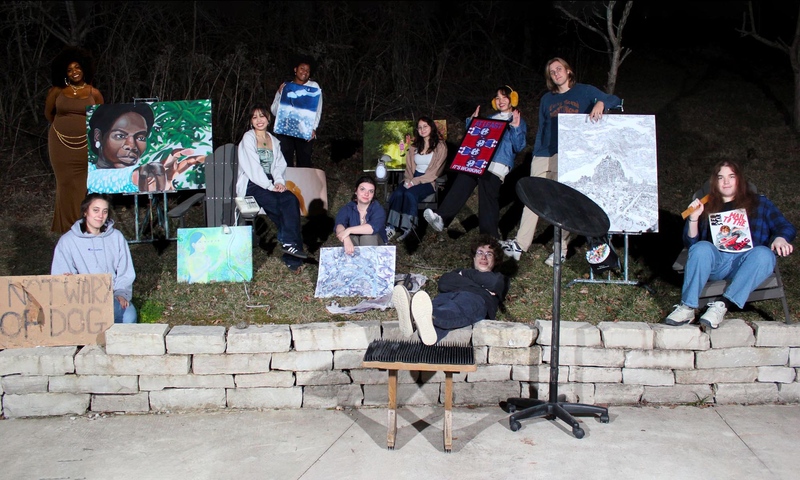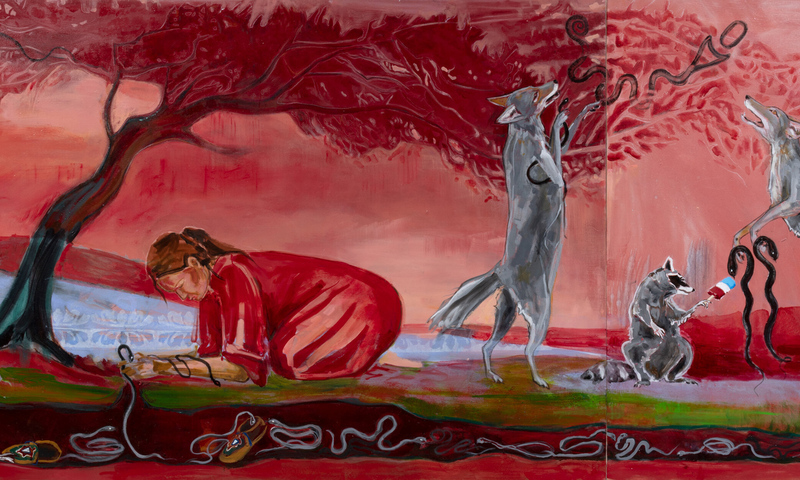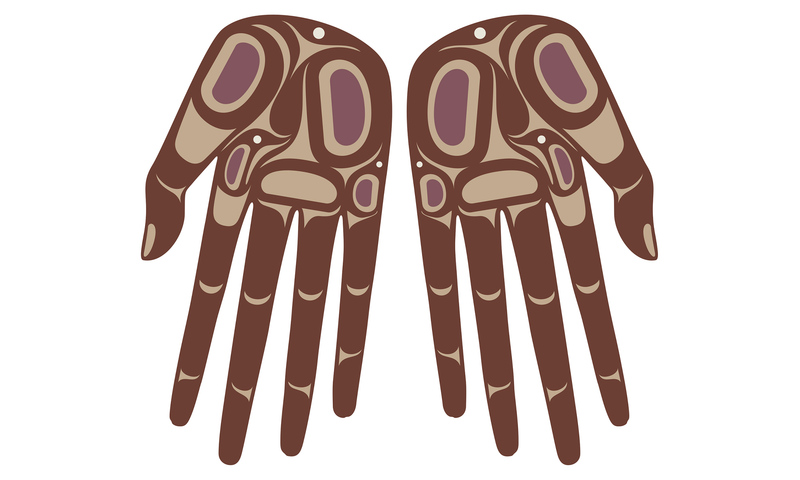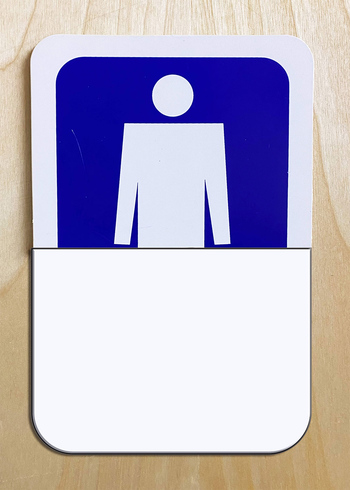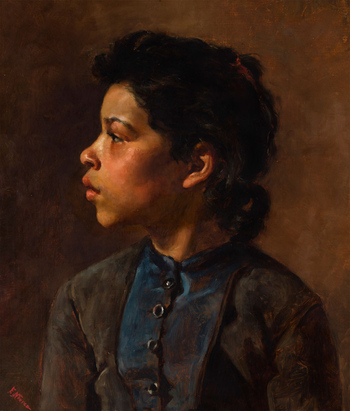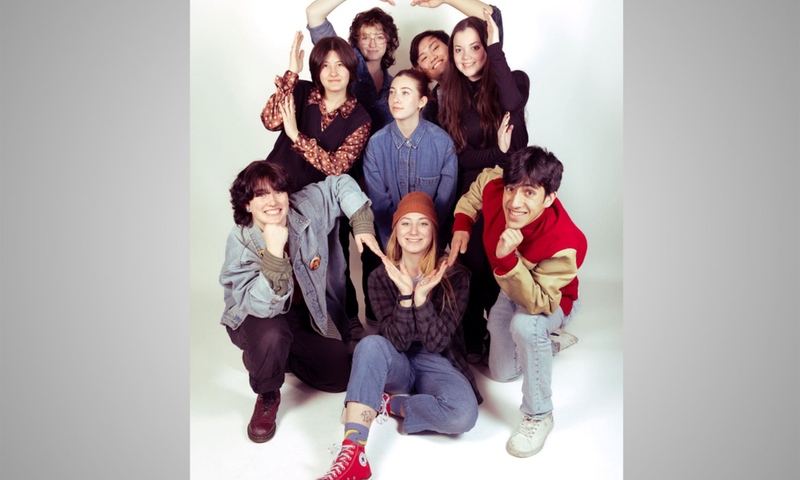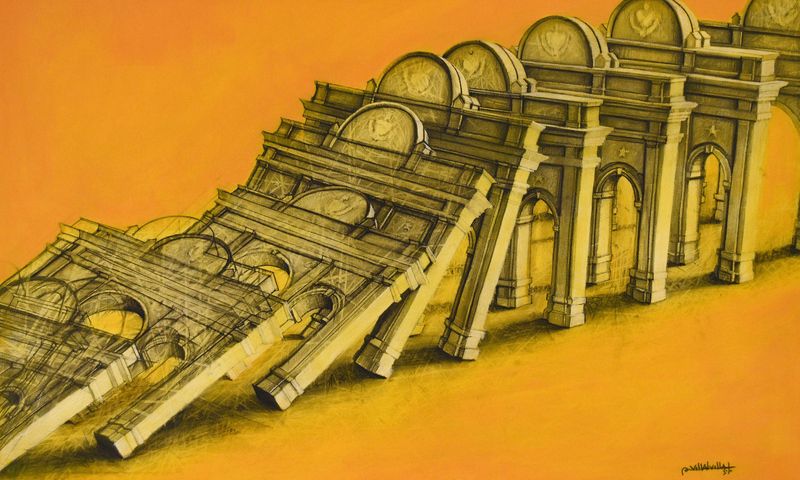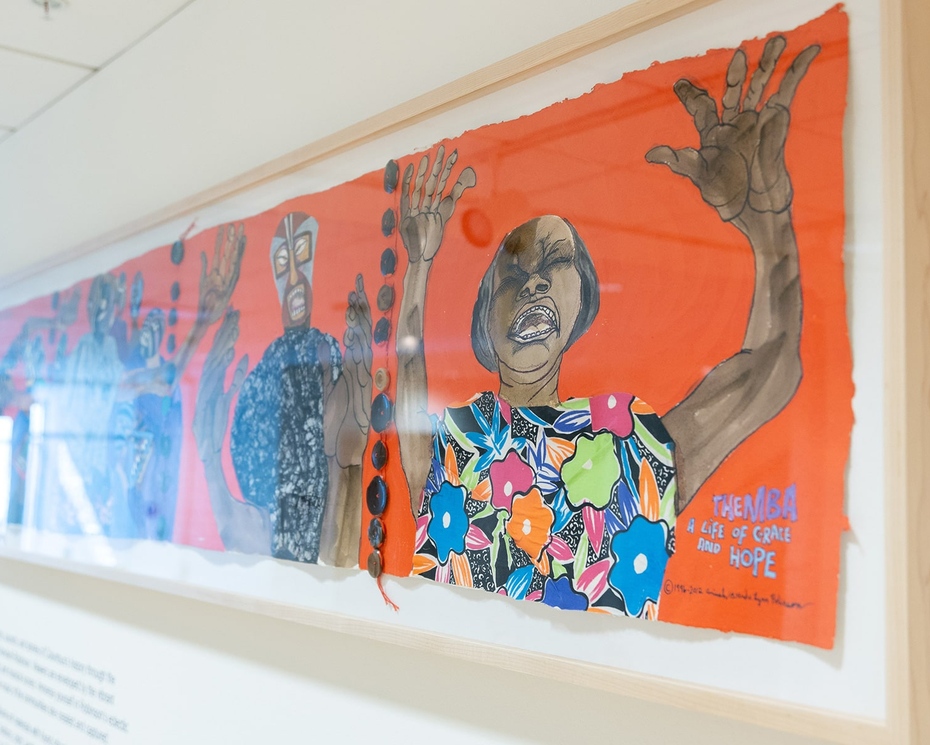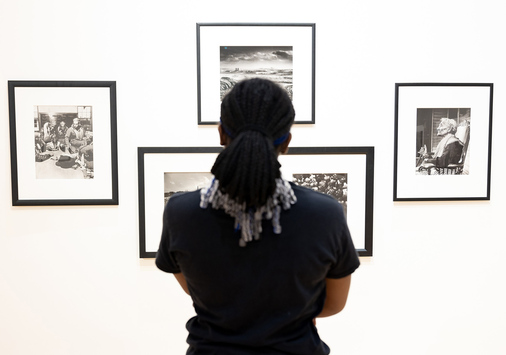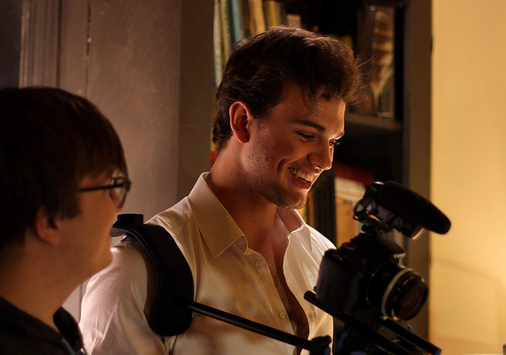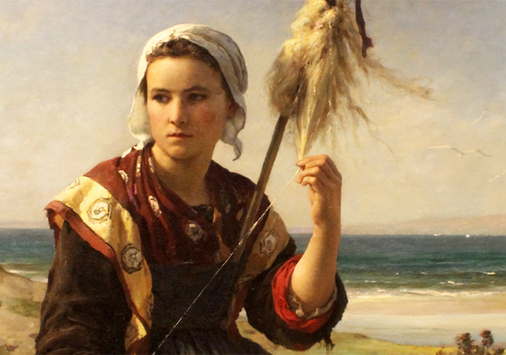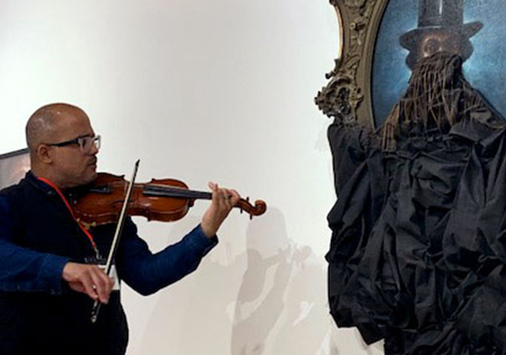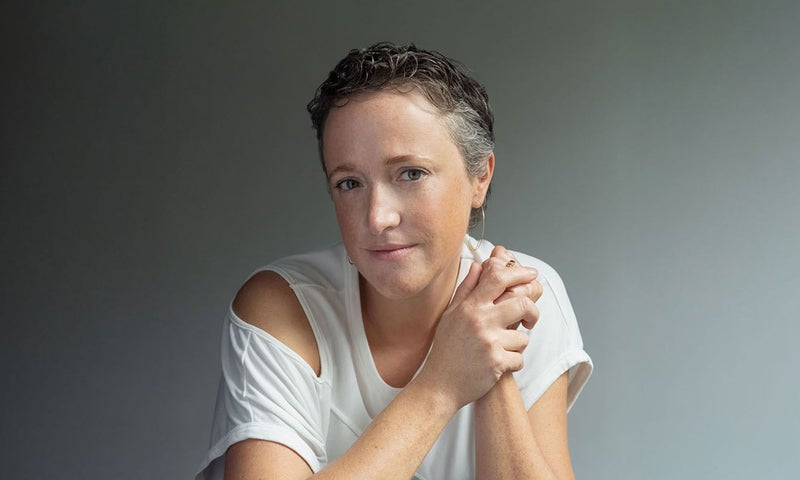Picasso At Denison
This student-researched exhibition of Pablo Picasso prints from the earliest phases of Picasso’s career—referred to as his “Blue Period” (1901-1904) and “Rose Period” (1904-1906)—reflects the artist’s importance to 20th Century art history while celebrating the recent completion of conservation treatment of Denison’s print collection.
Pablo Picasso
In the fall of 1881 Pablo Diego Jose Francisco de Paula Juan Nepomuceno Maria de los Remedios Crispin Cripiniano Santisima Trinidad, better known as Pablo Picasso, was born to an artist-teacher father, Jose, and supportive mother, Maria. Picasso was a precocious young artist who excelled at academic painting and drawing under the tutelage of his father and other teachers at the art schools in various parts of Spain employing Jose. In 1896 the family returned from northwestern Spain to Barcelona where a thriving international art scene exhibited influential contemporary European artists including Puvis de Chavannes, Cheret, Forain, Steinlen (see Steinlen works on exhibit in adjacent gallery), Toulouse-Lautrec, and Mucha, to name but a few. Despite the popularity of these contemporary artists, Picasso’s entire family pooled resources and enrolled him in the conservative academy of arts in the capital city of Madrid. They envisioned in him the potential of a great academic painter, not a member of the avant-garde. To their dismay, Picasso was far more interested in Spanish painters like El Greco, Velasquez, Goya and others lacking appreciation in the nineteenth century. Picasso and his young classmates were also drawn to political and social illustrations, a genre to which Picasso turned after dropping out of the academy in Madrid.
Back in Barcelona the still teenaged artist began working as a commercial illustrator and graphic designer while frequenting a popular tavern, Els Quatre Gats (The Four Cats), a center for intellectual life modeled after Le Chat Noir in Montmartre in Paris. Artists and writers drawn to the tavern were heavily inspired by symbolism and the art nouveau movement. They mounted exhibitions and presented readings at Els Quatre Gats and came to be called decadentes or modernistes in the press of the time. As in Montmartre, members of this circle, including Picasso, were commissioned by the pub to design menus, posters and other advertisements.
His close friend during this period, Carles Casagemas (1880-1901) accompanied Picasso on a first trip to Paris in 1900 where the two experienced the wild cabarets, theaters, dance halls and brothels, including the Moulin de la Galette (see large black and white photograph reproduced nearby on “Steinlen” exhibition gallery wall), the same dance hall that inspired Renoir’s famous Ball at Moulin de la Galette of 1876. In 1901 the two young artists, Casagemas and Picasso, returned to Malaga in Spain, Picasso’s birthplace, to buy Picasso’s way out of required conscription in the Spanish military. Picasso then immediately set off for Madrid where he re-established a studio and started an art and literary journal entitled Arte Joven with writer Francisco de Asis Soler. Sadly, in the same year Picasso learned his friend Casagemas had committed suicide in Paris.
